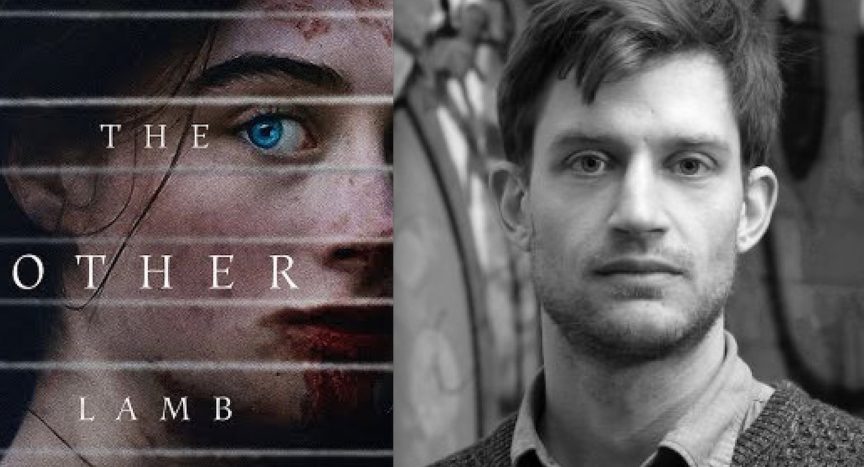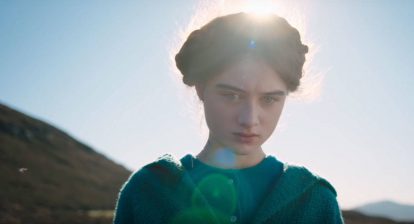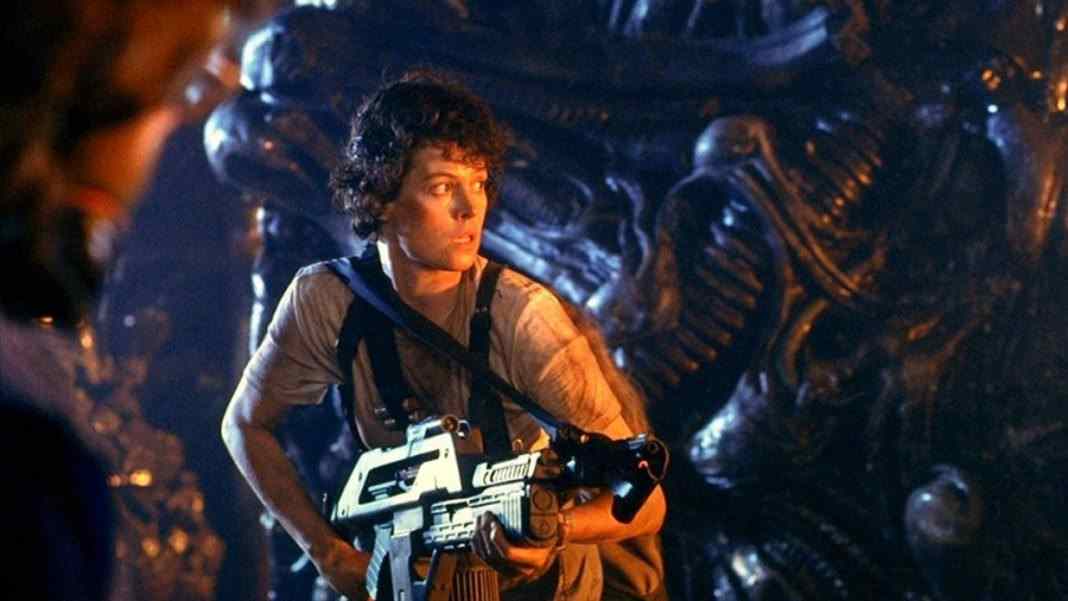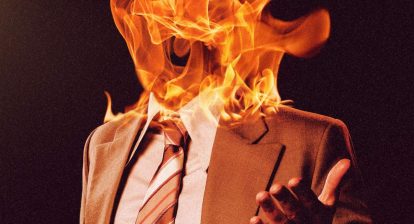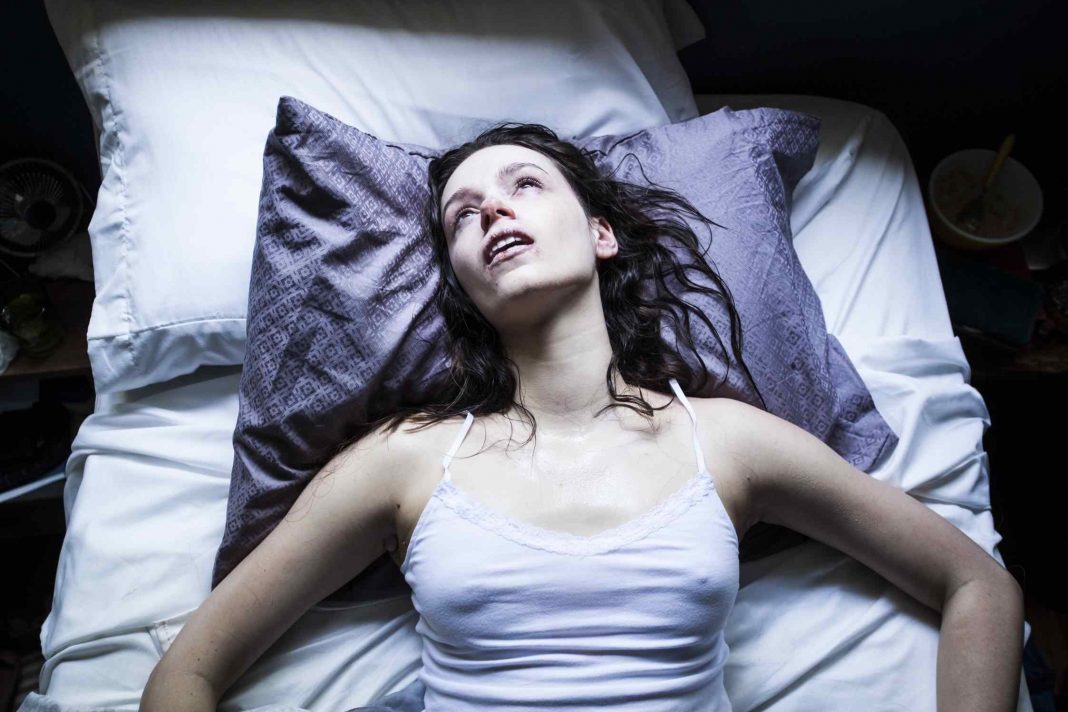This week IFC Films announced “The Indie Theater Revival Project,” an initiative to support its theater partners as they reopen for audiences in the coming weeks and months. Horror films such as The Human Centipede, The Babadook and Antichrist will be going back to theaters at this time. Another notable IFC title you can now watch on VOD platforms is Malgorzata Szumowska’s The Other Lamb. The film was screened at Fantastic Fest as well as the Toronto International Film Festival before landing on digital and Cable VOD platforms earlier this month. To learn more about The Other Lamb, we spoke with composer Rafaël Leloup about those modern, dark melodies that accompanied the sweeping stylistic shots. Read the Q&A below.
Related: The Other Lamb is a Righteous Takedown of Christian Cults [Review]
Wicked Horror: The opening of The Other Lamb is very music heavy, creating a very dramatic/intense tone. What were you trying to accomplish with this right out of the gate? Were you wanting to set the vibe for the rest of the film?
Rafaël Leloup: When I started working on the soundtrack, director Malgorzata Szumowska asked for a minimalistic score, that would be modern and dark with a lot of ambiance, leaning into strange, disturbing sounds to create a creepy mood. After having read Catherine S. McMullen’s script, seen Malgorzata’s previous work, and Stephanie Wilcox and David Lancaster from Rumble Films’s references, I was so inspired by the project that I wrote a ton of music on my own to find the right tone for the score. Malgorzata picked samples and I bounced back on those, we worked back and forth a few times before the film was even shot. By the time the film hit the editing stage, about 50 minutes of score existed already in the tone that Malgorzata wanted to give to the movie. It was a directorial decision to have the very first scene extremely visual and music heavy, using one of the main motifs of the soundtrack. It is directly followed by an excerpt of Pawel Mykietyn’s Cello Concerto, a beautiful orchestral piece that also gives a heavy and intense tone to the opening of the film.
Wicked Horror: The score at times sounds very much like that of a romantic love story, especially when Selah is talking to Shepherd in the woods at the beginning of the film. But this is obviously not your traditional love story, so what did you do to create a darker love theme?
Rafaël Leloup: We wanted to use the juxtaposition of a real string quartet with electronics, where the strings would convey the romantic atmosphere needed for the beginning of the film and evolve into the more disturbing sound that develops progressively through the film with electronic tones and textures. The violins in the scene with Selah and Shepherd use a special bowing technique that involves gently scraping the strings. Used on the romantic theme, it highlights the slight discomfort and creepiness of their relationship as shown in the images.
Wicked Horror: We heard that you began work on this film months before it was even shot. Is this when composers normally start on features or was this a unique circumstance?
Rafaël Leloup: It really depends on the composer and on the production. In my case, it was a luxury to be able to write music solely based on the script and the director’s intentions, leaving a lot of space for the imagination. It let me explore some ambiences and dig deeper into some musical techniques that I later used in the scoring stage, and it allowed for great ideas to develop before reaching maturity in post-production. It also left plenty of time to book the musicians and hire the collaborators I wanted to work with in advance. I was lucky to work with Paulina Sokolowska, Kaja Nowak, Jasmien Van Hautem and Kacper Nowak as string quartet members, and Arnaud Blanpain from General Score as a music supervisor. We recorded and mixed the music at two of the most legendaries facilities in Brussels, the ICP and Dada studios.
Wicked Horror: What instrument do you think created the most haunting sound of the film?
Rafaël Leloup: Most of the haunting tones are a result of the electronics. As I was preparing for the soundtrack, I experimented a lot with recorded sounds going through chains of filters and effects I created with a modular programming software called Max/MSP. One of my favorite and most effective results was made with tremolos recordings of the string quartet. Those samples were played forward and backward at variable speeds, layered and filtered. The result was absolutely stunning, super-flexible, and worked perfectly on most of the key moments of the film.

Wicked Horror: The music in the film ends abruptly in many scenes. Was this done to show the uneasiness Selah feels? Was this the director’s choice or yours?
Rafaël Leloup: Absolutely. Not only the uneasiness, but since the score takes the point of view of Selah, we wanted to use the music to bring the audience into her head that often dreams and wanders, like a teenager’s mind would. It created a soft bridge from reality to thoughts, to dreams, and to the abrupt cuts bringing reality back suddenly. That was one of Malgorzata initial intentions.
Wicked Horror: How do you think the score adapted from the opening scene to the closing one?
Rafaël Leloup: The score follows the evolution of Selah’s mind, slowly discovering that her life is not as normal as she thought it was while growing up. She has feelings of love towards Shepherd at the beginning that evolve through the film. As the score uses two main families of sounds, string quartet and electronics, I used the strings predominantly by themselves in the beginning and played with a lot of emotions. Progressively those strings are joined by new sounds, as well as filtered through effects, to disturb those clear feelings from the beginning. It brings confusion and anger, shakes her reality right up to the end where the strings have a completely different meaning.
Wicked Horror: What was the most challenging scene to score in The Other Lamb?
Rafaël Leloup: Selah’s relationship to Shepherd is extremely complex, confused and evolving. Finding the right tone that would perfectly complement their relationship was a challenge. It consists in different forms of love and passion, altered by the fact that she is a teenager and growing up, there had to be some shades of darkness in the mix, and it had to be different using similar elements throughout the film. Every scene that involves both of them alone was challenging and exciting to work on.
Wicked Horror: The score is like another main character in the film. Was this always going to be the case or after you began work, did it happen organically?
Rafaël Leloup: There was so much the music could say just to illustrate the complexity of Selah’s psychology that it can certainly feel like a new character. When added to all the other elements presented in the film, the soundtrack, despite its minimalistic feel, is really rich in meaning. It happened organically as all the people who were involved in the project brought great feedback that made the score more and more interesting.
Wicked Horror: Do you have any favorite horror film scores?
Rafaël Leloup: During this coronavirus quarantine, I finally had time to watch the TV-show Chernobyl. This might not be considered horror per se, but it definitely has that feel. Hildur Guðnadóttir’s score is absolutely fantastic, it has that experimental and modern vibe that I love, and is incredibly effective and beautiful at the same time. Other classic film scores include Rosemary’s Baby and the Candyman from 1992, I love the contrast between softness of some musical elements and the harshness of the story content. I can’t wait for the remake this year, I saw they reused parts of Philip Glass’s musical theme.
